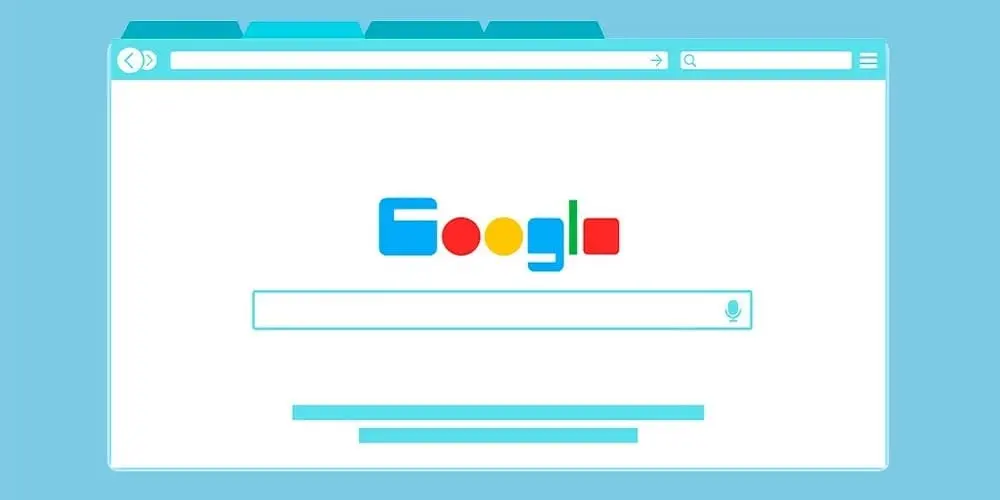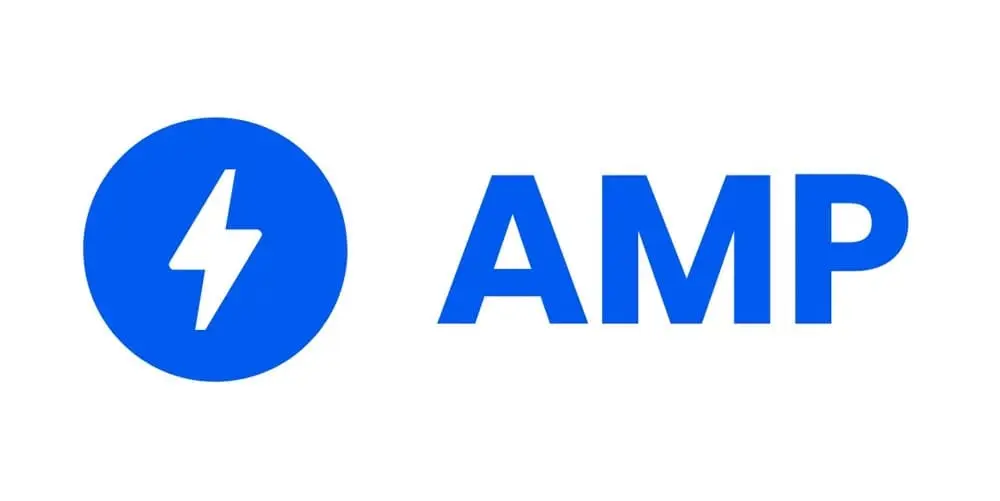What is a manual action in SEO?

Content
Definition: What is a Manual Action in SEO?
When we talk about manual action in SEO, we’re referring to a particular situation in which Google intervenes directly to adjust a site’s ranking in its search results. Unlike algorithmic penalties, which are automatic and may result from updates to Google’s algorithms, a manual action is the result of human judgment.
These actions are generally triggered by practices contrary to Google’s best practices, such as the use of misleading ranking techniques or the creation of poor-quality content.
Manual actions play a major role in SEO, helping to maintain the quality and relevance of search results. For example, a site using Black Hat SEO techniques, such as cloaking or link spamming, can be manually penalized. This direct intervention by Google is designed to preserve the integrity of its search results and deliver an optimal user experience.
How to identify a manual action?
Recognizing that manual action has been taken against your site is an essential step in remedying it. The most common signs are a sudden drop in organic traffic or the complete disappearance of your site from Google’s search results.
In general, Google also sends a notification to site owners via Google Search Console to inform them of the manual action. These notifications specify the nature of the problem and provide advice on how to remedy the situation.
How does a manual action work?
A manual action first involves an evaluation of the site by the Google team. If violations of Google’s rules are detected, a manual action is applied (visible in Google Search Console in the Security and Manual Actions tab), which may result in the site being downgraded or removed from the search results.
The impact of a manual action on organic traffic can be very significant, directly affecting a site’s visibility and sales potential.
What causes manual actions?
Manual actions can be triggered for a variety of reasons, from low-quality content to the use of concealment techniques. Here’s an overview of the most common causes:
Site infected by spam
A site can be compromised by spam in a number of ways. For example, unsolicited comments or spam blog posts. Vigilance and the use of security plugins can help prevent such intrusions.
User-generated spam
This is any undesirable content posted by users. Implementing robust moderation filters and actively monitoring user contributions are effective ways of preventing this problem.
Spam host
The reputation of your host plays a key role. A host involved in spamming activities can be detrimental to your site. Choosing a reputable and reliable host is therefore crucial.
Problems with structured data
Poorly designed or manipulated structured data can attract Google’s attention. It is essential to ensure that your structured data is correct and complies with Google’s guidelines.
Artificial links to the site
Acquiring artificial links to your site, a widespread Black Hat practice, can trigger a manual action, so it’s advisable to avoid this type of link.
Artificial links on your site
Artificial links between your site and other sites can also be damaging, so regular monitoring of outbound links is strongly recommended.
Poor or uninformative content
Google appreciates rich, informative content. Shallow or poor-quality content can lead to penalties. It is therefore essential to provide quality content.
Text and/or image concealment techniques
All concealment techniques, such as cloaking or the use of hidden text, should be avoided as they are likely to be penalized.
Keyword stuffing
Excessive keyword stuffing should be avoided at all costs. Not only does it damage the user experience, it also leads to penalties from Google.
Unsuitable AMP content
AMP (Accelerated Mobile Pages) pages must be consistent with your site’s standard content. If the content is too different, Google may consider it cloaking.
Misleading redirects
Redirects that mislead users or attempt to manipulate search engine algorithms are dangerous and may result in manual action.
Non-compliance with Google News and Discover rules
Compliance with Google News and Discover rules is essential. Failure to do so may also result in sanctions.
How can manual actions be avoided?
To avoid manual action, you need to take a proactive approach. This means following the recommendations, regularly updating your site and constantly monitoring Google for updates.
It’s essential to secure your site against any form of malicious intrusion, and to carefully monitor your content. This means using up-to-date security software, moderating user contributions and creating quality content.
How to remove a manual action?
If your site has been penalized by a manual action, it’s imperative to understand the causes and follow the recommendations to remedy the situation. This involves identifying and correcting potential irregularities, then submitting a reconsideration request via Google Search Console.
Your reconsideration request should be concise, honest and documented. Provide evidence of the changes made and clearly explain the steps taken to correct the problems.
Why is it essential to understand manual actions?
Manual actions are not just penalties, they are key indicators of a website’s quality and integrity in the eyes of the search engines. It is therefore essential to understand these actions in order to maintain and improve your site’s SEO. For example, a site that effectively corrects the problems that led to a manual action can not only regain its position in search results, but also boost its credibility and SEO performance over the long term.
Manual actions are a particularly significant problem, forcing site publishers to remain vigilant and comply with Google’s instructions. Understanding and preventing these actions not only helps avoid penalties, but also promotes ethical and effective SEO practices.
Frequently asked questions
A manual SEO action is a direct intervention by Google to penalize a site for breaking its rules. Unlike algorithmic penalties, these are imposed manually by Google teams.
You can find out if your site has been subject to a manual action by consulting Google Search Console. Google sends out explanatory notifications in the event of penalties.
The main difference between a manual action and an algorithmic penalty lies in their origin: manual actions are decided by Google’s teams, while algorithmic penalties are triggered automatically by Google’s algorithms.
The time required to recover from a manual action varies. After correcting the problems and submitting a reconsideration request, Google can take from a few days to several weeks to reassess and restore your site’s ranking.


